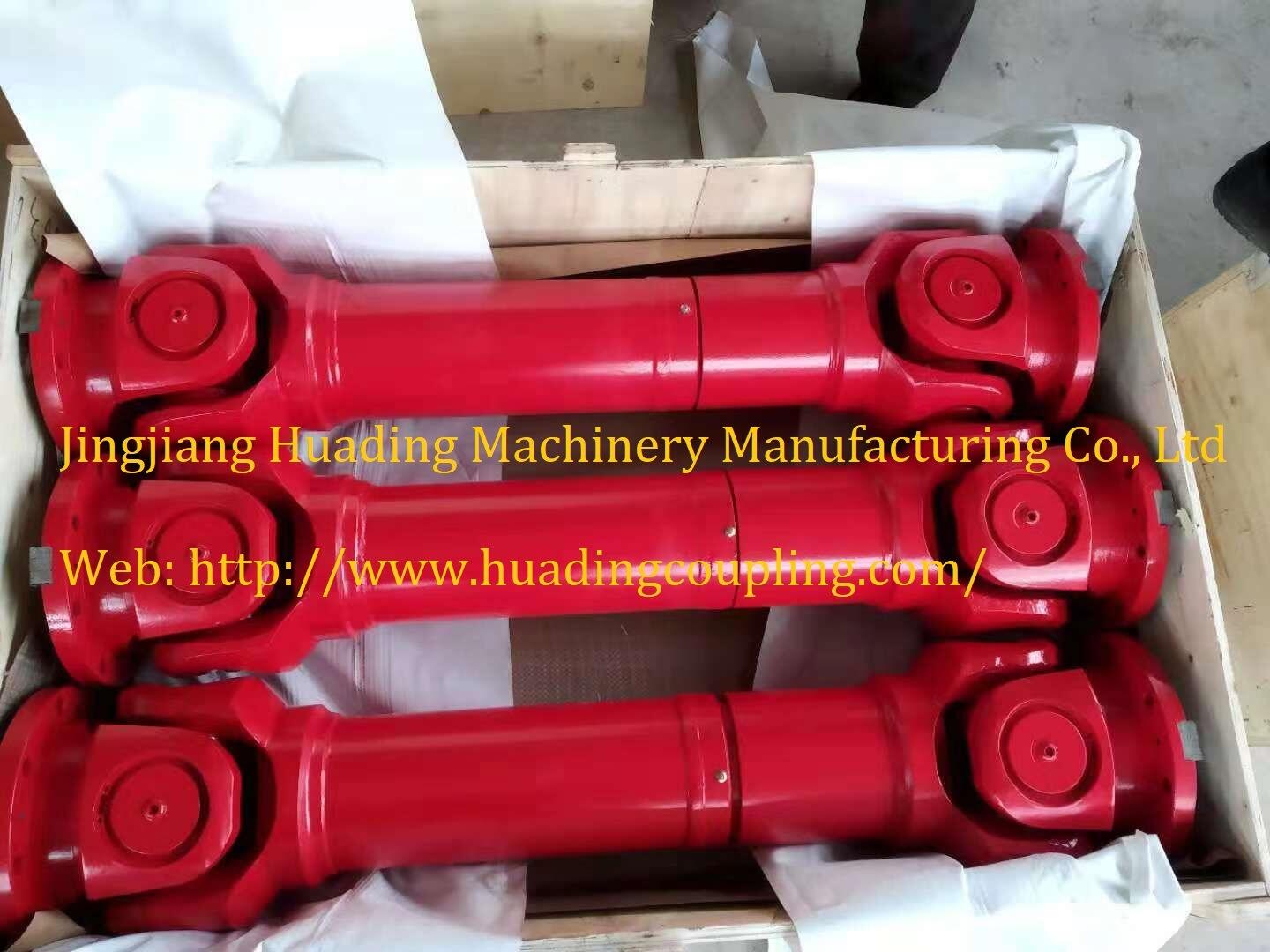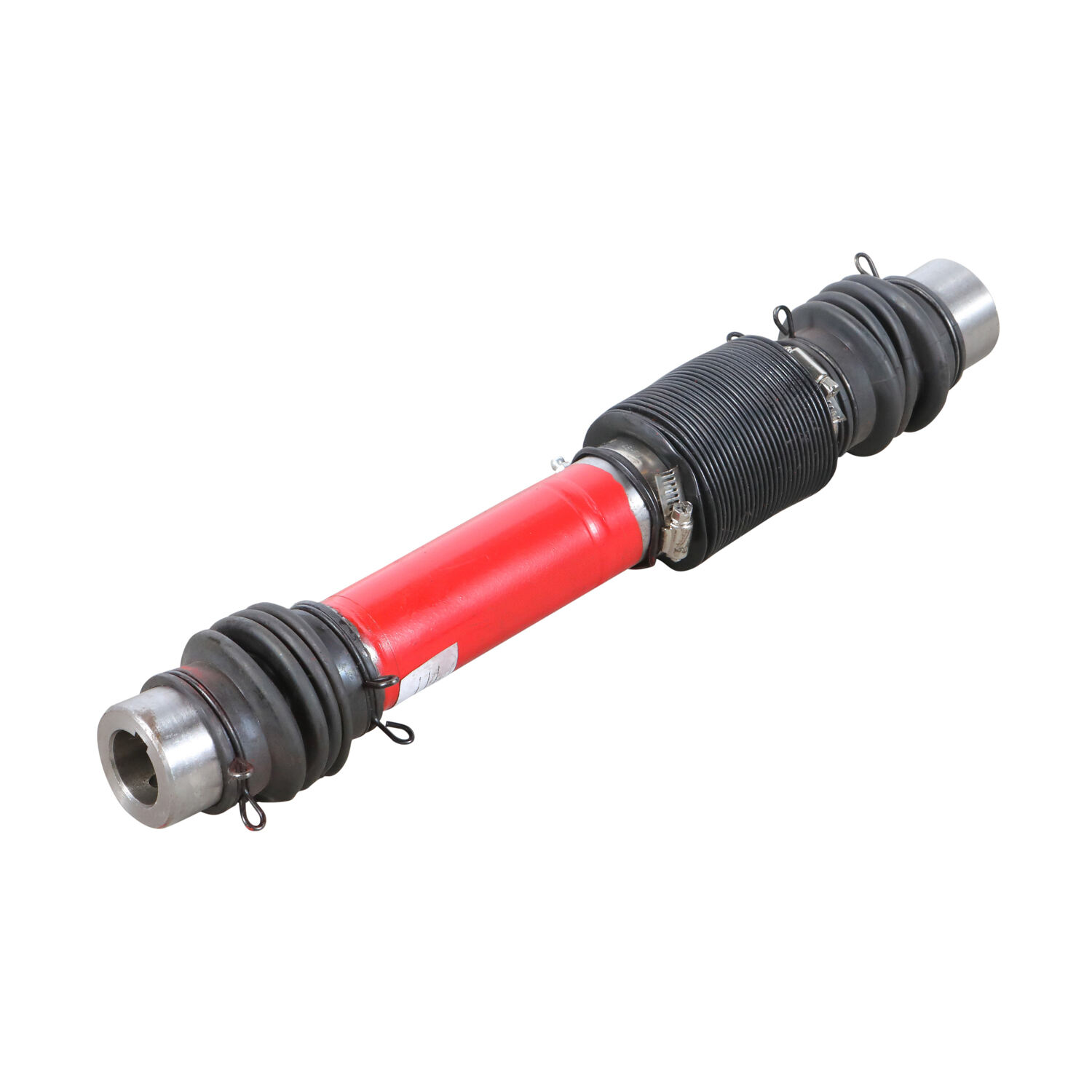multiple double cardan driveshaft
The multiple double cardan driveshaft represents a sophisticated advancement in power transmission technology, designed to facilitate smooth and efficient transfer of rotational force in various mechanical applications. This innovative system comprises two or more double cardan joints connected in series, enabling reliable power transmission across multiple angles and distances. Each joint consists of two universal joints arranged in a specific configuration that maintains constant angular velocity throughout rotation, effectively eliminating the speed fluctuations commonly associated with single universal joints. The system's design incorporates precision-engineered components including bearing caps, cross journals, and splined shafts that work in harmony to ensure optimal performance. These driveshafts are particularly valuable in applications requiring extended distances or multiple angle changes in power transmission, such as heavy machinery, industrial equipment, and specialized vehicles. The multiple double cardan arrangement compensates for misalignment between driving and driven components while maintaining smooth operation even under challenging conditions. Its robust construction allows for high-torque transmission capabilities while minimizing vibration and wear, contributing to extended service life and reduced maintenance requirements.


